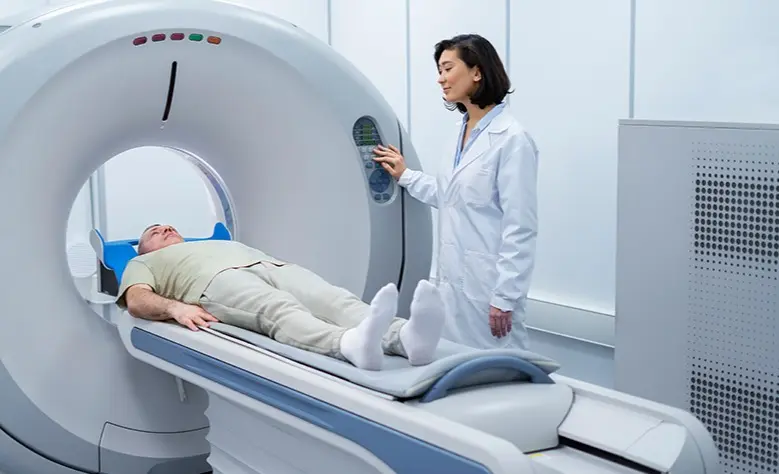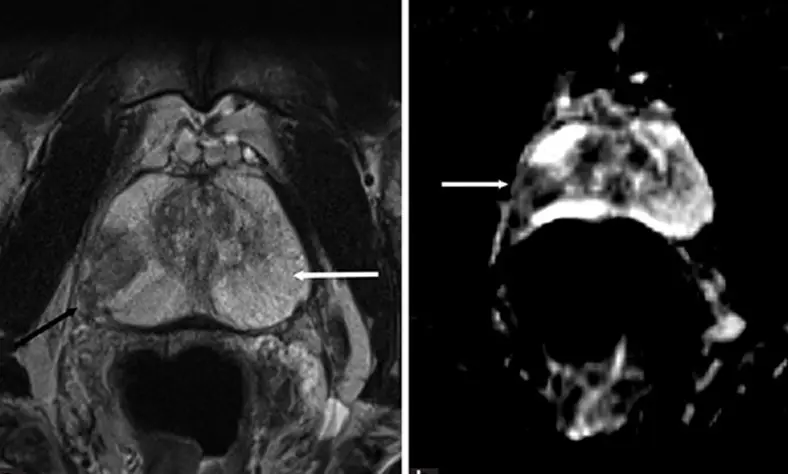Prostat Görüntülemesi
Multiparametric Prostate MRI Imaging at Our Imaging Center
Multiparametric Prostate MRI
Multiparametric Prostate MRI is the most advanced imaging technique for visualizing the prostate. It enables early diagnosis, especially in cases of aggressive prostate cancer. This method includes additional sequences beyond conventional MRI. Your specialist radiologist evaluates the MRI scans to obtain detailed information about the prostate. MRI is a painless diagnostic procedure that does not involve radiation.
Advantages of Multiparametric Prostate MRI
-
It is the most sensitive imaging method for detecting prostate cancer.
-
Allows early diagnosis of prostate cancer in high-risk men—those with elevated PSA levels or a family history of prostate cancer.
-
Helps pinpoint the location of prostate tumors before biopsy, enabling targeted fusion-guided prostate biopsy and increasing diagnostic accuracy.
-
If no suspicious findings are detected in the multiparametric MRI, it can prevent unnecessary biopsies.
-
In patients with normal prostate biopsy results but persistently elevated PSA levels, multiparametric MRI can detect suspicious areas, allowing targeted biopsy under ultrasound guidance. This improves biopsy accuracy and reduces the chance of missing a potential cancer diagnosis.
How Long Does a Multiparametric Prostate MRI Take?
The procedure takes approximately 30–45 minutes. Patients can resume their daily activities immediately afterward. Your MRI scans will be reviewed by a radiologist, and the report will be delivered within a few days.
How to Prepare for a Multiparametric Prostate MRI
Patients should arrive for the procedure with an empty stomach. No additional preparation is required.
Is Contrast Agent Used During the Scan?
To better visualize the prostate, a contrast agent is administered intravenously (via a vein in the arm, as in routine blood tests). Apart from this injection, no other foreign object enters the body during the procedure.




